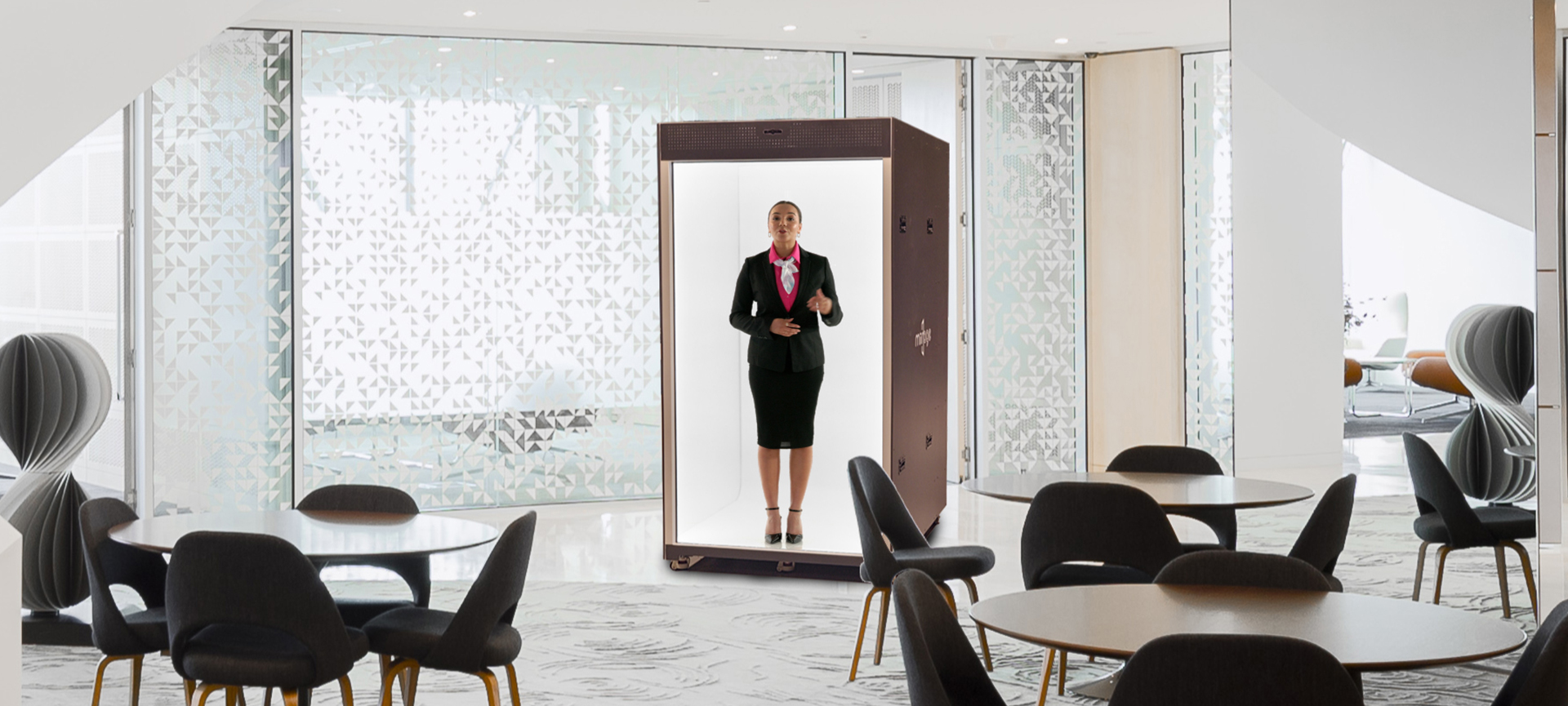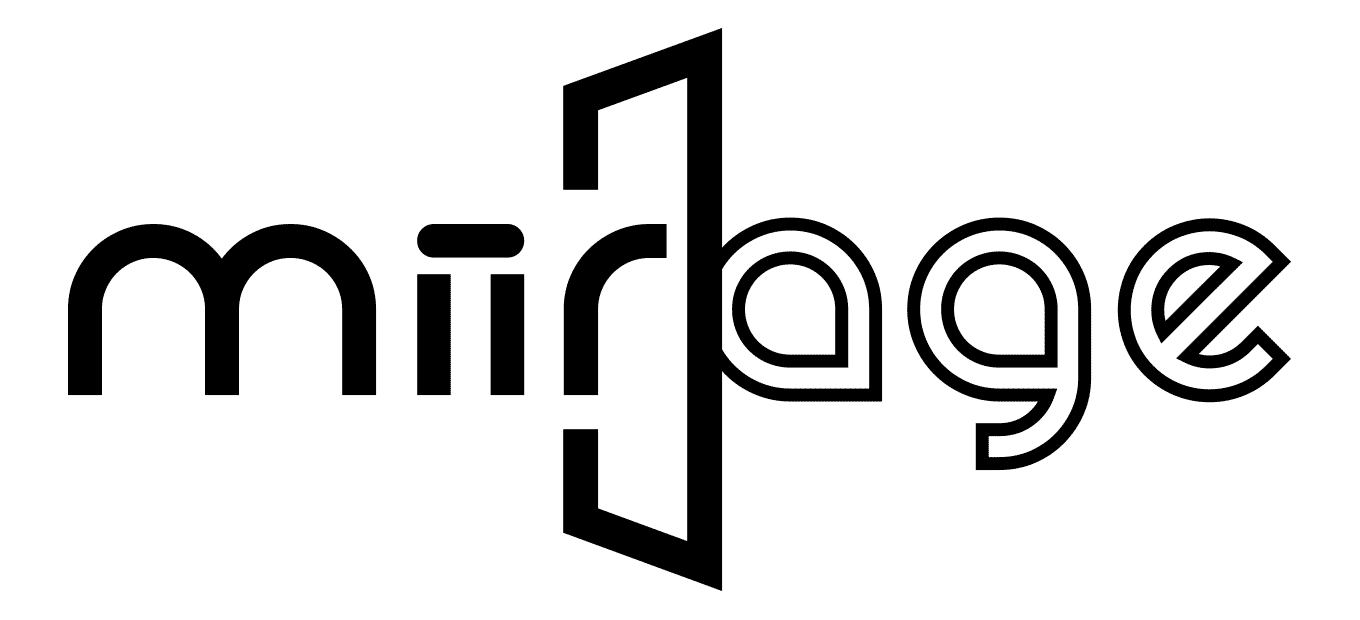A warm welcome from a holographic assistant

In today's fast-paced, digital-centric world, creating a strong first impression is paramount for corporations. While traditional reception areas with a front-desk employee have served companies well for decades, the digital revolution presents an opportunity to enhance the guest experience significantly. One cutting-edge innovation that is perfectly poised to redefine corporate lobbies and experience centers is the holographic assistant.
The surge in hologram interest is fueled, in part, by the hospitality and corporate sector. Statista indicated that 72% of consumers were keen on experiencing holographic assistants, illustrating the market appetite for such technology.
So why should corporations invest in a holographic assistant for their lobbies? For starters, these AI-powered holograms can offer a highly interactive and personalized experience for guests and clients. Unlike a standard video or static display, holographic assistants can engage in real-time conversations, answering queries, providing company information, and even offering guided tours. The ability to interact with a responsive, intelligent, and visually captivating figure can substantially enhance the guest experience.
This level of immersion can have a substantial impact on visitor engagement and satisfaction. According to a study published in the International Journal of Human-Computer Studies, interactive displays, including holograms, increased the time visitors spent at an exhibit by 45%, which in turn positively influenced overall visitor satisfaction.
These holographic assistants are an embodiment of a company's commitment to innovation and excellence. They serve as an instant differentiator in a competitive marketplace, signaling that the organization is forward-thinking and tech-savvy. This not only boosts the company's brand image but also adds an element of prestige that resonates with both clients and stakeholders.
The benefits extend to the realm of efficiency and cost-saving. While the initial setup cost might seem steep, the long-term savings are significant. Unlike human receptionists, holographic assistants do not require salaries, benefits, or breaks. Furthermore, their 24/7 availability ensures that late-night or early morning visitors are never left unattended.
In terms of data collection and analytics, holographic assistants can provide invaluable insights. Companies can gather data on frequently asked questions, visitor demographics, and engagement levels. This information can be utilized to make data-driven decisions, improving not just the lobby experience but also the company’s products or services.
There are also compelling statistics to underline the effectiveness of interactive technology. A study published in the Journal of Marketing Management found that interactive technologies, including holograms, enhance customer engagement by up to 33%, ultimately leading to greater brand loyalty and repeat business. Another study in the International Journal of Human-Computer Studies reported that interactive, immersive technologies, such as holograms, increase information retention rates by 27%. When applied to a corporate setting, these stats underscore the value of a holographic assistant in educating guests about the company and its offerings effectively.
Integrating a holographic assistant in corporate lobbies and experience centers offers an array of benefits that transcend aesthetics. The technology enriches visitor engagement, reinforces brand image, provides cost-saving efficiencies, and offers data-driven insights that can significantly impact a corporation's bottom line. With solid statistics and a rapidly growing market to back its efficacy, the holographic assistant emerges as a compelling investment for any forward-thinking corporation.

